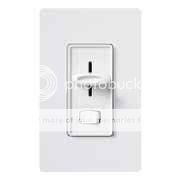Working on a production of "The Wizard of Oz" and just got an email from my designer about adding a "Middle-America farm-style windmill" to the Kansas scenes and I just came across a ceiling fan unit that was never installed in the space. I was thinking with a little luan, hardware, and theatre magic I could convert it to a "farm-style windmill".
Throw a dimmer on there and I could keep it low for the opening and set it to high with the tornado affect.
good idea to peruse? maybe to much work then it's worth? any ideas or input is welcomed. I'm just spit balling here. Thanks!
Throw a dimmer on there and I could keep it low for the opening and set it to high with the tornado affect.
good idea to peruse? maybe to much work then it's worth? any ideas or input is welcomed. I'm just spit balling here. Thanks!






